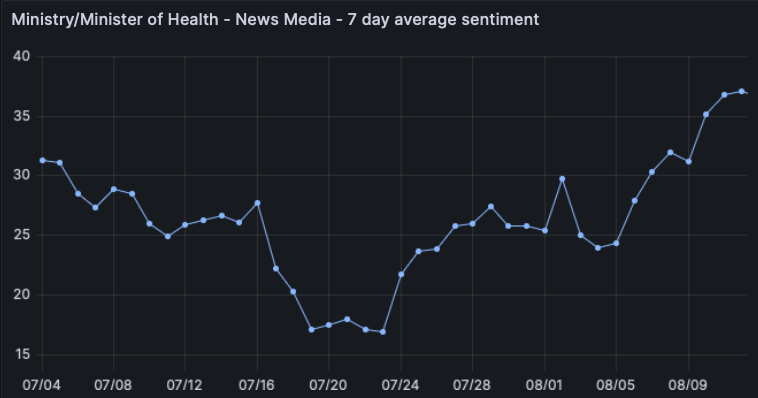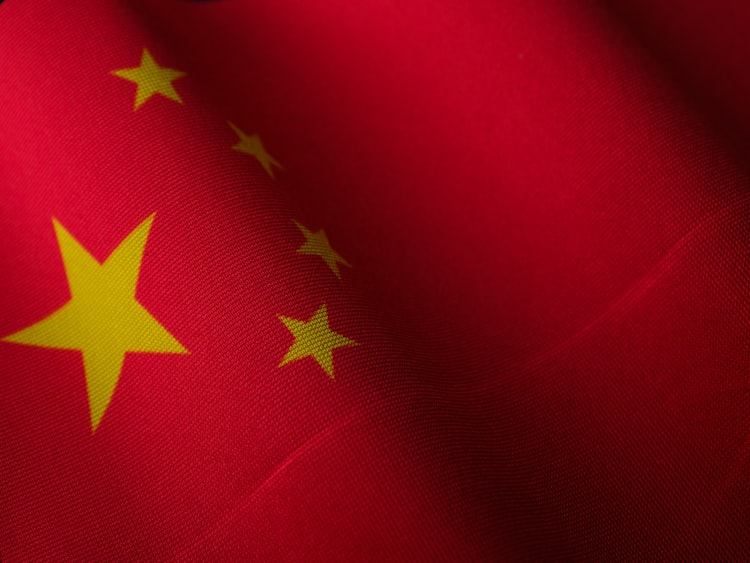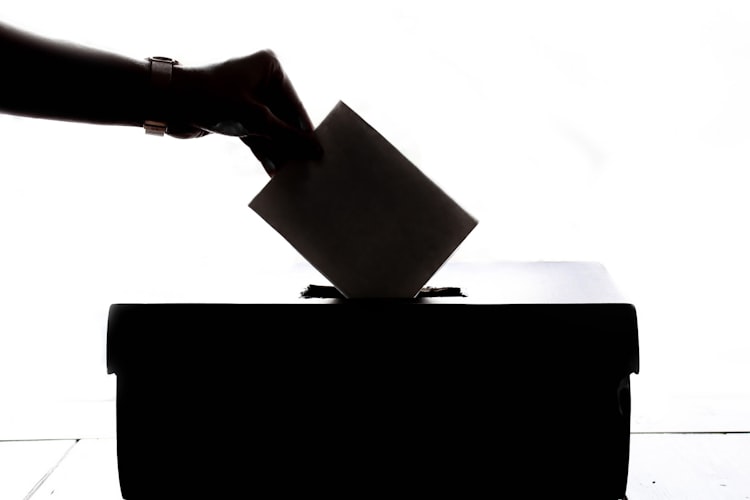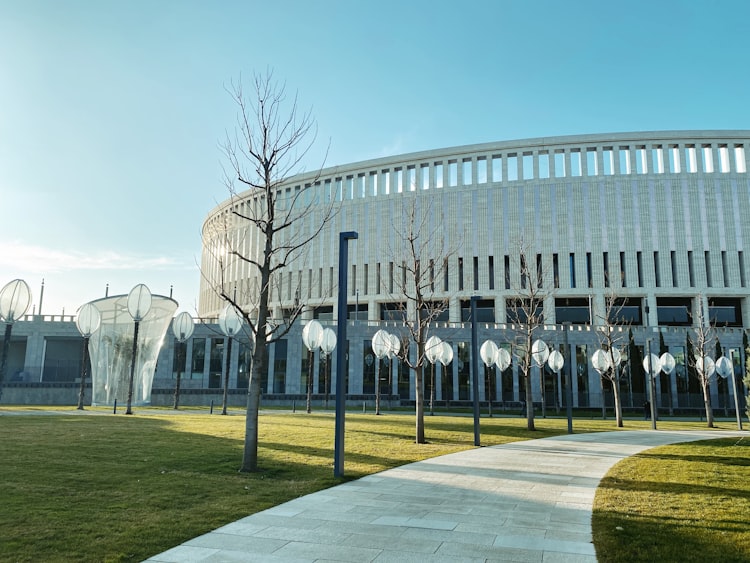Abortion in Russia: a political landscape

Abortion policy has been in the news recently, both in Russia and in the United States. FilterLabs.AI readers are doubtless familiar with the political landscape of the United States, so we thought we might map out the Russian political landscape of abortion policy.
Last month, Russian Minister of Health Mikhail Murashko told the State Duma that it was “improper practice” for women to delay childbearing for the sake of their education and careers. He also proposed tighter controls over abortion pills in pharmacies.
Observers of US politics might be tempted to frame their interpretation of these events in terms that do not accurately reflect the situation in Russia. Yes, there is a religious angle. The Russian Orthodox Church opposes abortion. But overall, the issue is less politically polarizing and reflects widespread anxiety over demographic decline.
The Soviet Union generally allowed abortion, and in the 1990s Russian women terminated nearly 2 million pregnancies. Since then, however, the number of abortions in Russia has significantly decreased.
The decline can, in part, be attributed to efforts by both the Russian Orthodox Church and Russia’s political class to raise the birth rate. The country’s birth rate is only 1.5 children per woman, well below replacement rate.
These efforts have also succeeded, to a degree, in changing public opinion. According to the Russian Public Opinion Research Center (2022), the percentage of Russians who think abortion is wrong under any circumstance has tripled since 2006, from 4% to 13%.
Even so, the Russian public probably wants abortion to remain available. A 2016 poll found that more than 70% of Russians were against an outright ban. And after Murashko’s recent speech, FilterLabs detected a wave of negative sentiment associated with the Ministry of Health, both in Russian mainstream media:

…and on social media:

Interestingly enough, sentiment toward the Ministry of Health in the mainstream media rebounded relatively quickly. On social media, however, negativity persisted for several days longer. This could indicate that the internet-using public is reacting more negatively to Murashko’s proposals, or at least that the issue has slightly more staying power in the Russian digital commons.
Although some religious groups oppose abortion in both Russia and the United States, the demographic angle on the issue is mostly absent from the American debate. Why the difference?
It could be in part because Russia faces a far more severe demographic decline. Along with a low birth rate, Russia has a high death rate and is embroiled in a bloody war, with young men fleeing the country to avoid military service. The United States does not have these problems.
In Russia, as in the US, abortion is a political issue—but less in the sense of electoral contests and more in terms of citizens’ view of the government administration. FilterLabs’ analysis of popular sentiment suggests that the Russian people are more hesitant to embrace their minister of health’s proposals than Russia’s state-sponsored media reporting would imply.




